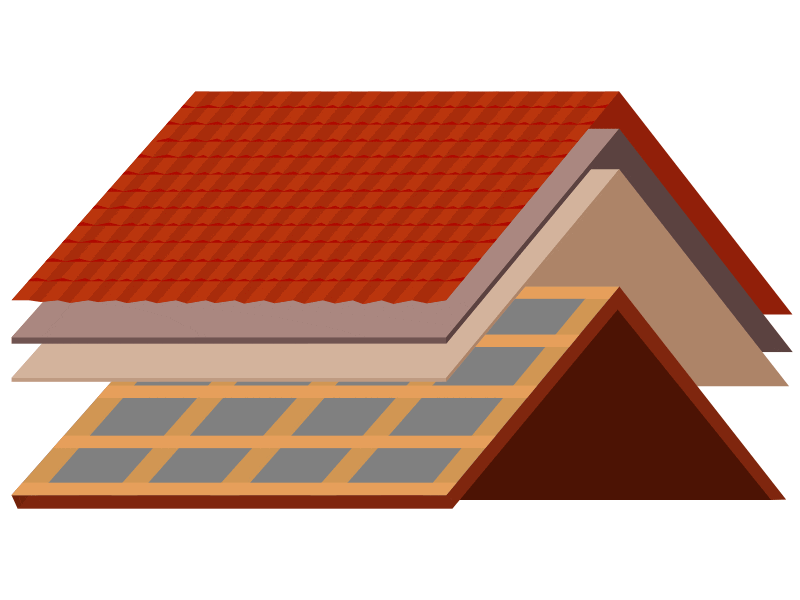
As a residential roofing OEM, you likely specialize in a specific part of the overall roof, such as roof tiles or underlayment. While this approach is beneficial, it may be a good idea to also consider the value that offering a complete roof bonding kit can bring to your company.
Roof Bonding Kit Part 1: Roof Tiles
- Elasticity
After manufacturing roof tiles, they must be individually bonded to each other on the roof. When bonding these tiles, it’s important to use an adhesive that is flexible. This ensures that roof tiles are able to maintain performance under stress. For example, when in harsh hurricane conditions, the adhesive allows the tiles to “give” rather than be ripped off the roof.
Bostik manufactures an elastic bonding adhesive, which can be used as part of a roof bonding kit. This solution, which has passed rigorous testing to receive the Miami-Dade Notice of Acceptance, is able to maintain a bond even in hurricane conditions.
Additionally, its advanced elasticity caused new building codes to be designed around this capability. Traditionally, more rigid bonding solutions were approved for use in roof tile bonding. However, given the increased performance level of elastic bonding technology, building codes now require this type of solution for tile bonding applications.
By offering this adhesive as part of a roof bonding kit, OEMs ensure that the overall roof maintains performance and that the tiles cause no roof damage in harsh environments.

Roof Bonding Kit Part 2: Roofing Underlayment
- Temperature Resistance
Adhesives also play an important role in installing underlayment and its overall performance. For example, in many regions, roofs are exposed to high heat for extended periods of time and can reach temperatures up to 250°F. Adhesives that are unable to withstand these temperatures will cause bond failure and be detrimental to underlayment performance.
However, Bostik manufactures a butyl adhesive that offers high temperature resistance. Able to be used in a roof bonding kit, this solution improves underlayment performance and overall roof durability.
- Sealability
Additionally, Bostik’s butyl technology improves roofing underlayment’s waterproofness. When mechanical fasteners are used in installation, puncture holes are created. These holes can allow water to seep into the underlayment and damage the roof. However, Bostik’s solution offers nail sealability. In addition to providing structural stability to mechanical fasteners’ weak points, using this product as part of a bonding kit ensures overall performance levels are met.
--
By offering a roof bonding kit, you’re able to ensure that every part of the roof will perform better while also increasing installation efficiencies. Interested in learning more about the value this smart bonding kit can bring to you? Contact a Bostik expert today!
You can also view this relevant content:
